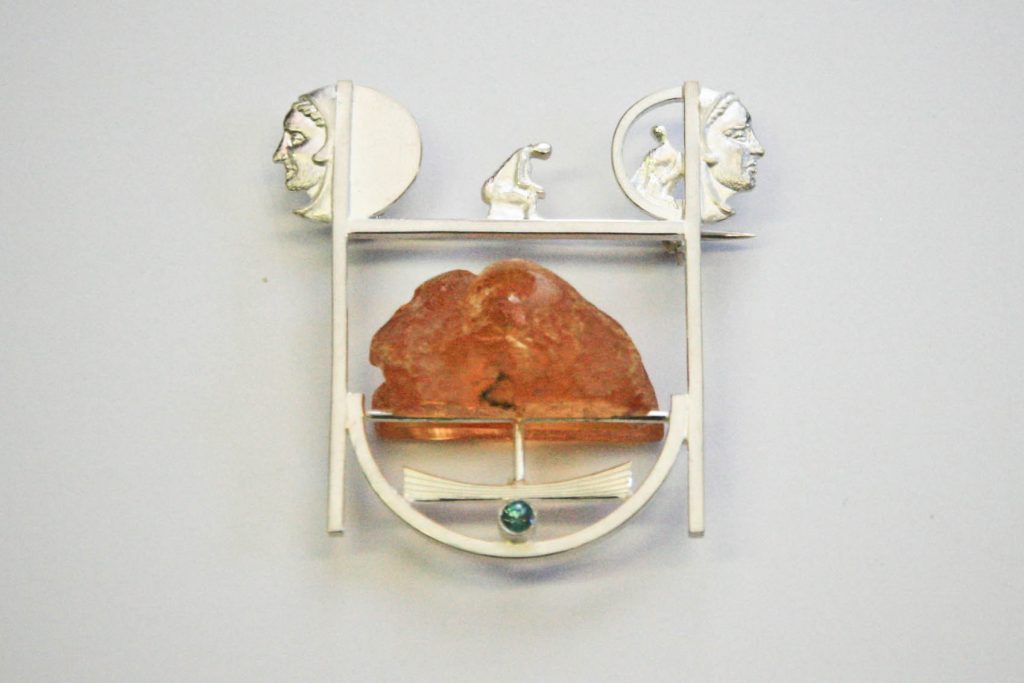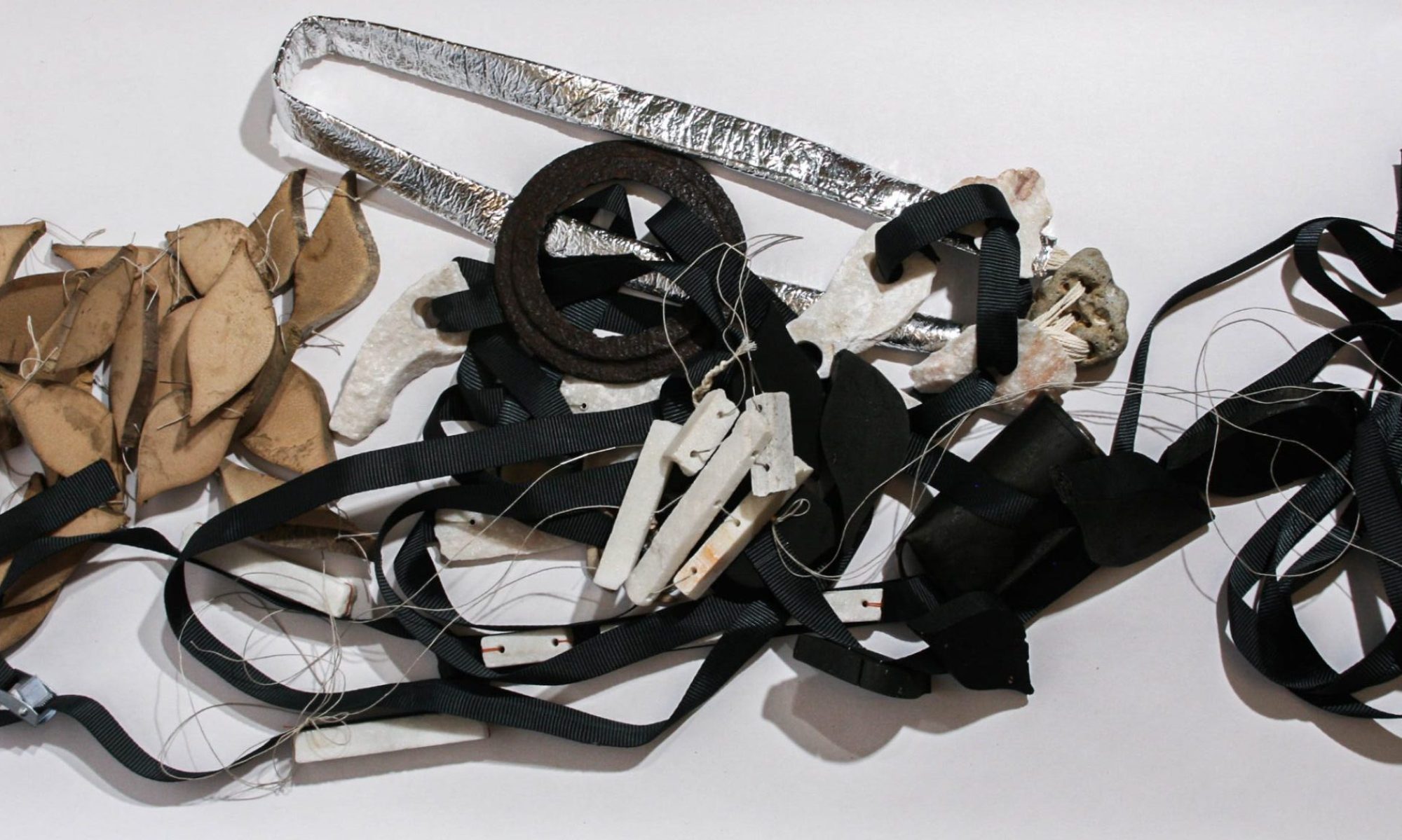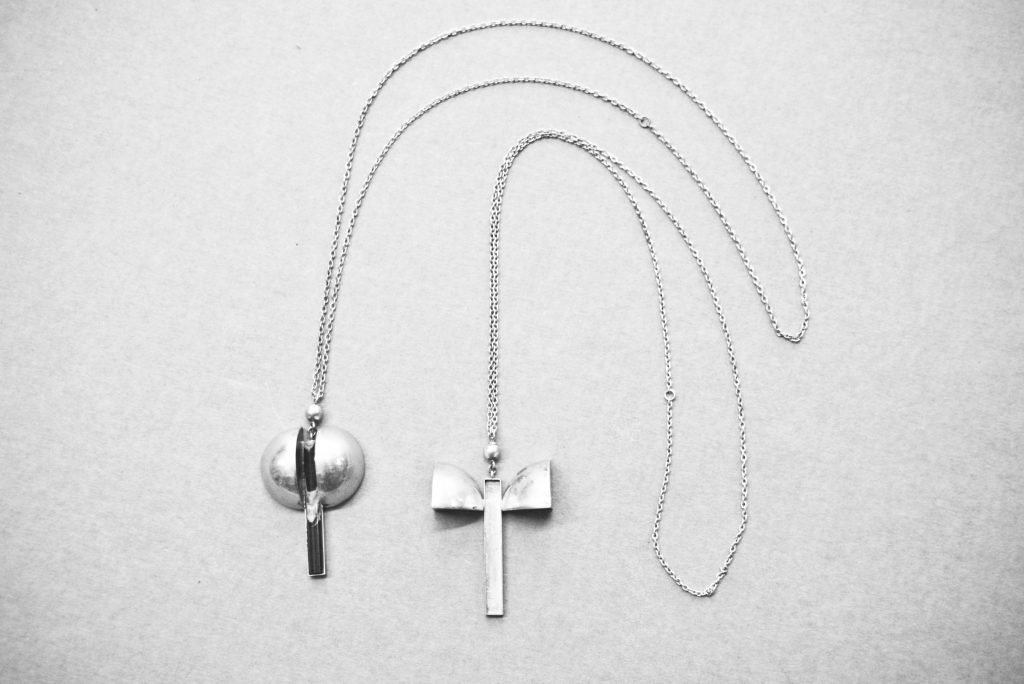
Latvia has been celebrating its 100 year independence. I recently heard a speech by Sandra Kalniete (a Latvian politician, author, diplomat and independence movement leader) where she outlined the short period of time within these 100 years when Latvia was actually developing in a healthy environment. The Latvian War of Independence and periods when the country was occupied and recoveries from these so called traumas undertake almost all of the 100 years Latvia is celebrating (101 to be exact). There have been roughly speaking 20 years of which we can refer to as free from censorship (I would like to believe we are free now), the scourge of war and recovery period.
I apologize in advance if I am incorrect or have missed some important publications on this theme. I propose this article as a personal diary not a scientific paper.
Keeping this in mind I want to talk about jewellery artists that were born around mid30’s to 40’s in the 20th century. Also reaching their adulthood within the USSR is a unifying element.
I will highlight the issues with preparing this article and lack of information is one of the challenges. The next problem is – even if there is written text, it is often permeated by USSR ideology or the text is not about jewellery exclusively but covers a wider theme and touches jewellery briefly.
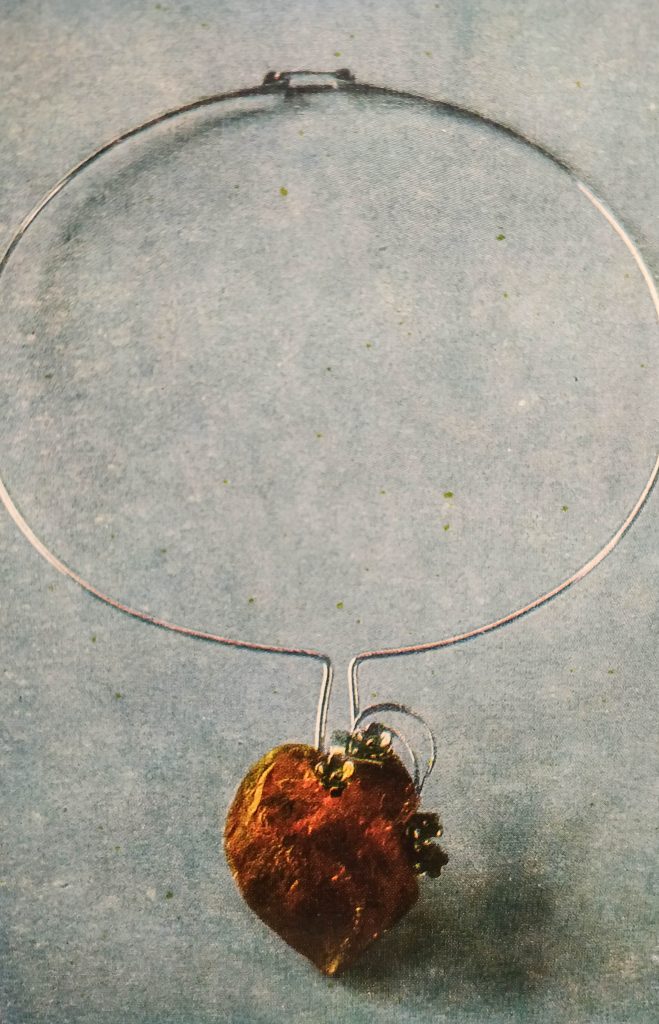
I will begin with Inara Neilande (Ināra Neilande) born in 1936. She becomes a member of The Artist Union of Latvian in 1971 and that was also where I first saw her work (in the collection of The Artist Union of Latvia). Four sets of jewellery are also in the collection of Latvian Museum of Decorative Arts and Design but none of them are on display and no photos are available in the museums catalogue. One photo of her amber pendant from the collection “My Stone Garden” executed in 1978 is published in the “Latvian Contemporary Applied Arts” album of reproductions issued by LIESMA Publishers in 1980. The compiler and also the author of the commentary add to the album – Gundega Andersone (1928-2017) was a jeweller herself. Her maiden name was Putniņa but until 1992 her surname was Ivanova. As the author of the album Gundega Ivanova say: “In the early 60s artists concerned themselves mainly with the traditional processing of amber. (…) The 70s were years of new fashion (…) each artist was striving for his own individual style. ” Inara Neilande mostly used amber and melchior as it was forbidden to work with precious metals in the USSR and amber was still extremely popular. “Amber popularity reached its peak (…) in the mid 20th century around 50s and 60s,” writes Inese Baranovska, head of the Decorative Arts and Design museum (”The Amber Era”, exhibition catalogue, 2014).
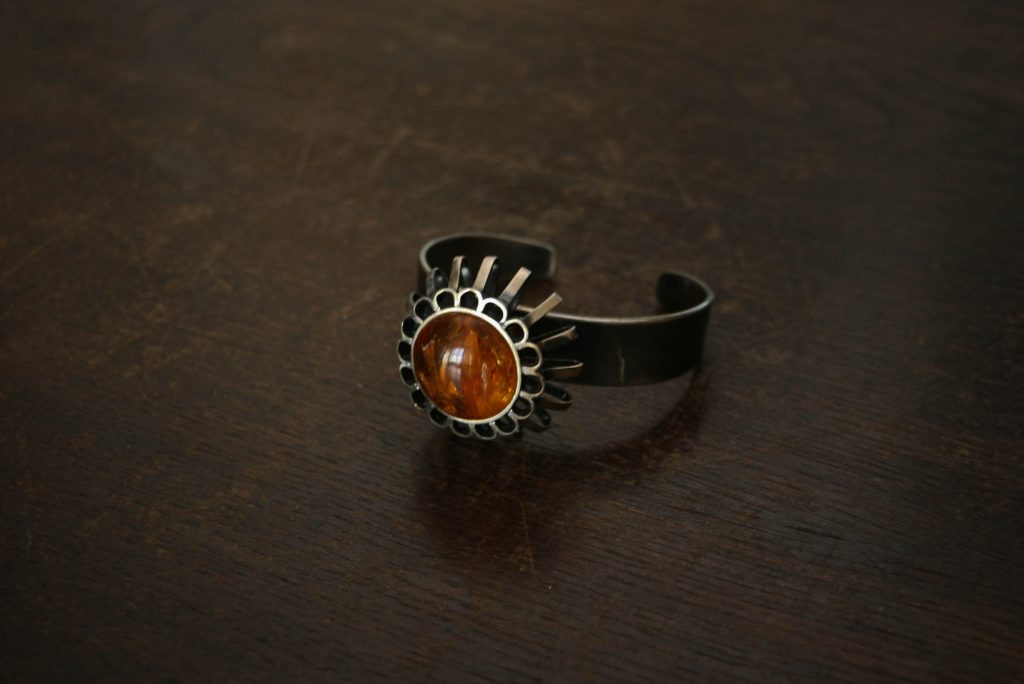
Livija Andrjukaitite (Līvija Andrjukaitīte, 1936-2000) was born in Lithuania and moved to Latvia where she worked and studied. She was an educated choir conductor and worked as a piano teacher in Riga for 13 years. Occasionally she travelled back to Klaipėda or Vilnius to spend time with her relatives. She graduated the Art Academy of Latvia department of textile arts in 1969 and after turned to jewellery and amber. In her memories published in the book “In conversation with artists” (”Sarunas ar māksliniekiem”) by Aija Oša published in 1987, she has mentioned her sister with whom they collected amber by the sea shore. It was artist Rudolfs Heimrats (Rūdolfs Heimrāts, 1926-1992) also called the founder of the school of textile art in Latvia, who encouraged her to use the found amber in jewellery.
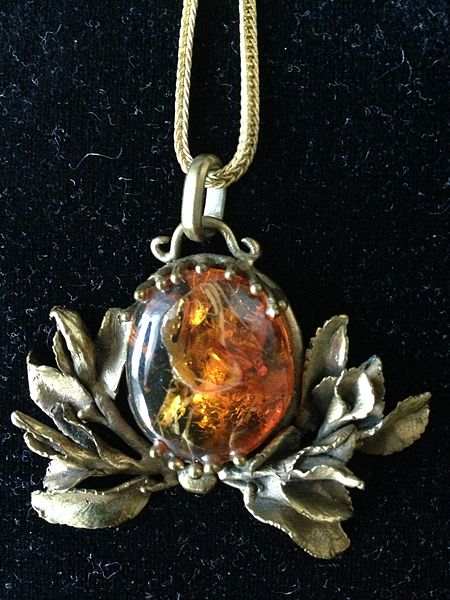
She worked with everything “she laid her hands on”, like amber or nutrias’ teeth or shells for example. The first studio was an unheated barn but later she moved to a flat and set up a decent workshop nearby. She learned metalworking observing other masters. Her master technique was casting. Blending beeswax, technical wax and paraffin she looked for the perfect consistency. The wax models were then rolled by warmed hands. To process the lace-like holes in the wax models she used an electric heated metallic tool originally made for pyrography and customized by soldering a silver needle to the tip. Colleagues admired how she managed producing jewellery knowing how few tools she had. She also sketched flowers and portraits of her friends.
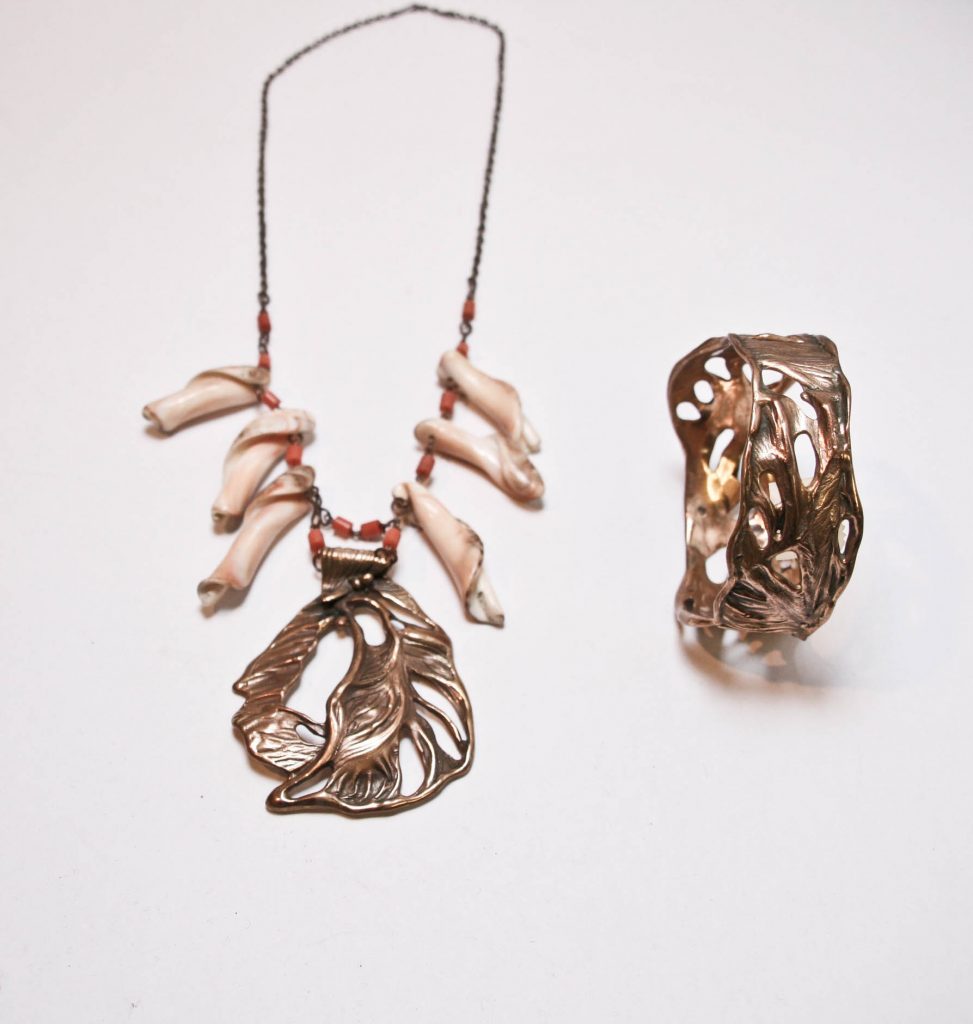
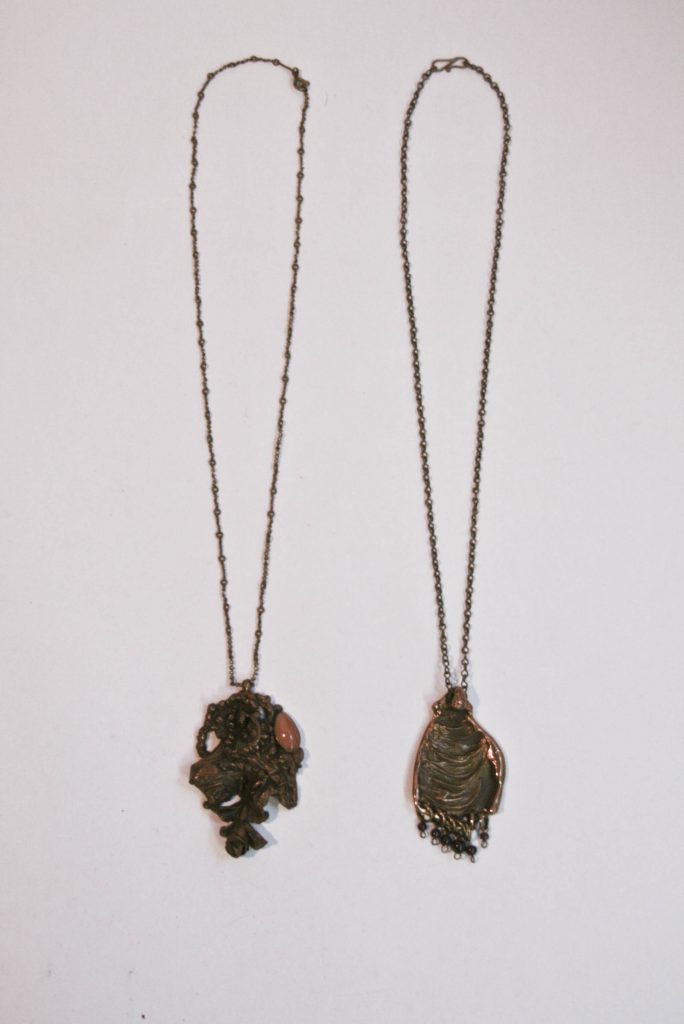
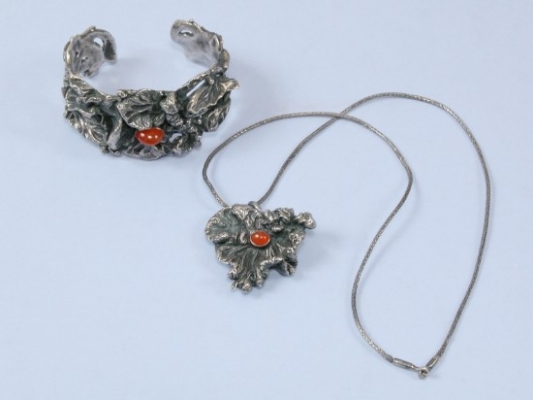
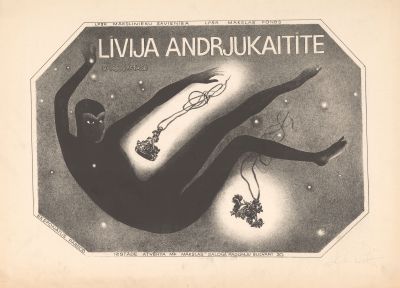
Mirdza Burve (b. 1938) is a member of The Artist Union of Latvian since 1970. Several necklaces and other jewellery are among the Artist Union of Latvia collection and six items are in the collection of Latvian Museum of Decorative Arts and Design. There are four reproductions of her work in the book “Baltic Amber” by jewellery artist Voldemārs Ansulis (1919-1997) published in 1979, LIESMA publishers. M. Burve graduated Liepaja Secondary School of Applied Arts, department for amber and metalworking in 1958. Later she worked in art manufactory in Liepaja designing new benchmarks for amber jewellery production.
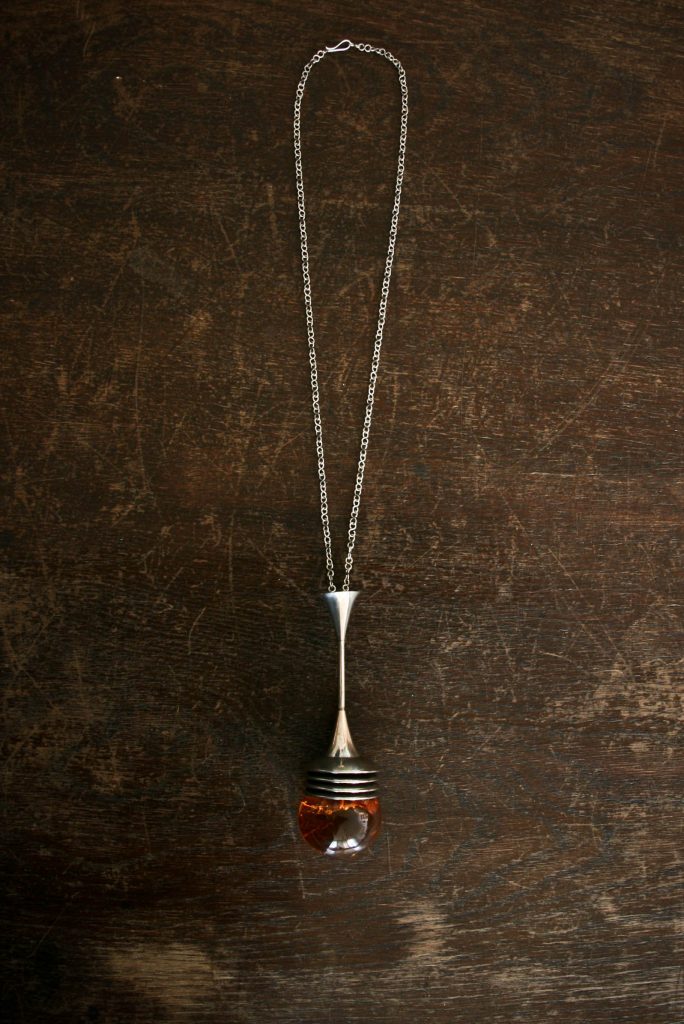
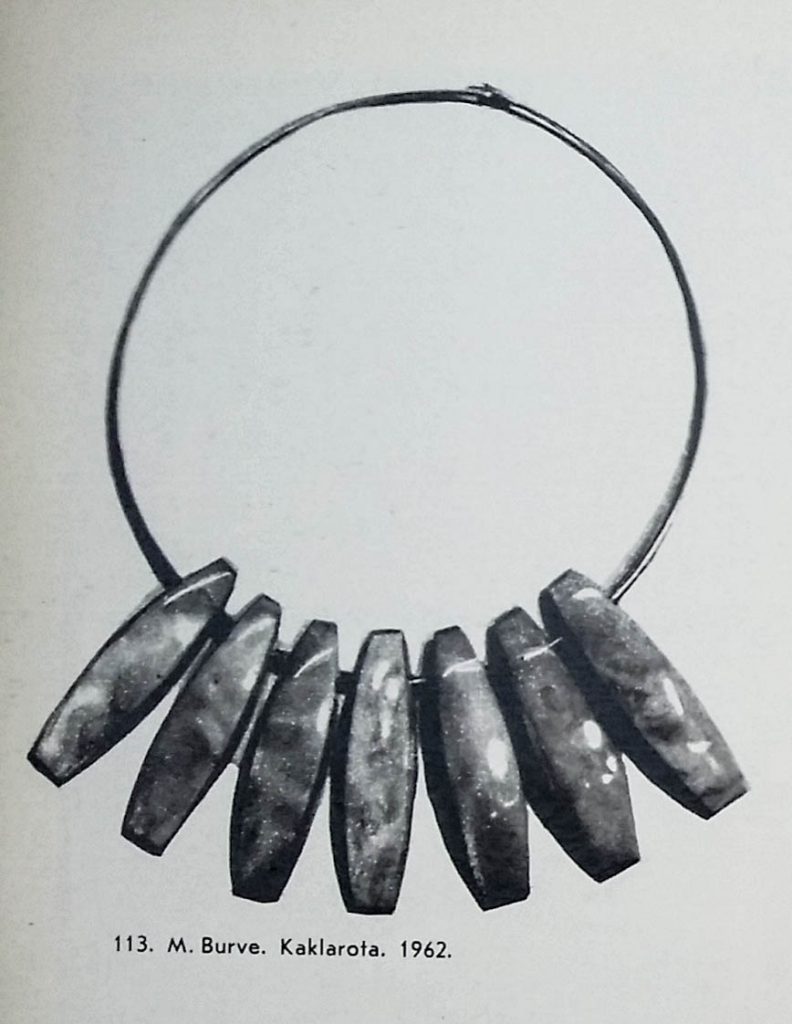
Inara Jansone (Ināra Jansone b. 1944) was one of 23 Latvian metal design artists (also jewellery artists) that graduated the Art Institute of Estonia (now – Estonian Academy of Arts) from 1972 to 1994 (I.Jansone in 1972). At this time many young designers went to the Art Institute of Estonia as it was an attractive destination for students of socialist countries. It was popular among artists because the presence of architectural discipline allowed working more freely in the field of art.
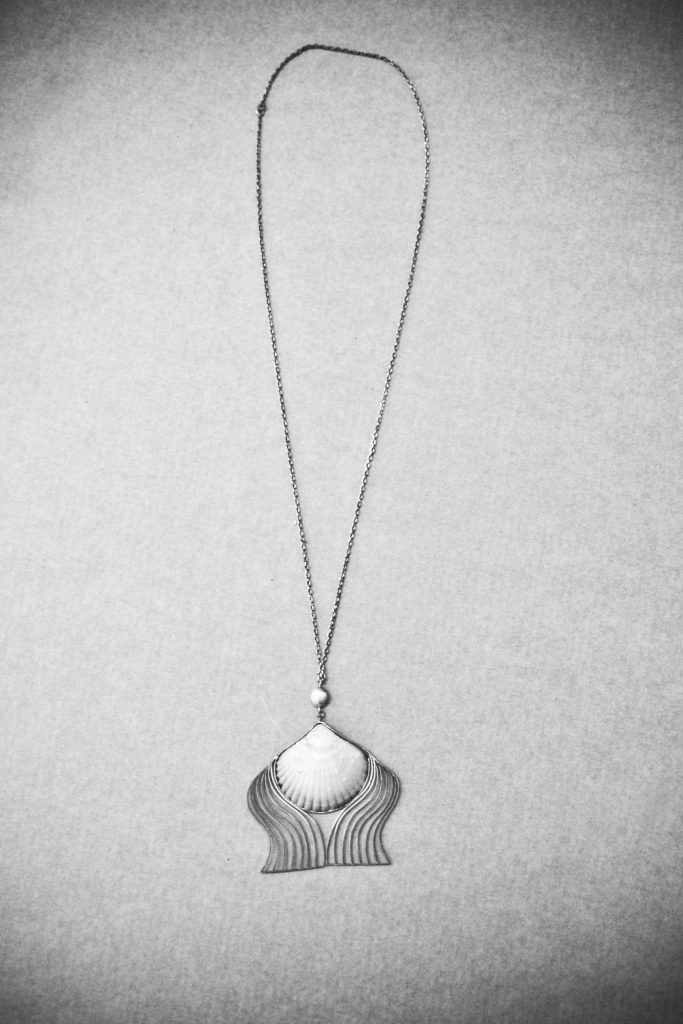
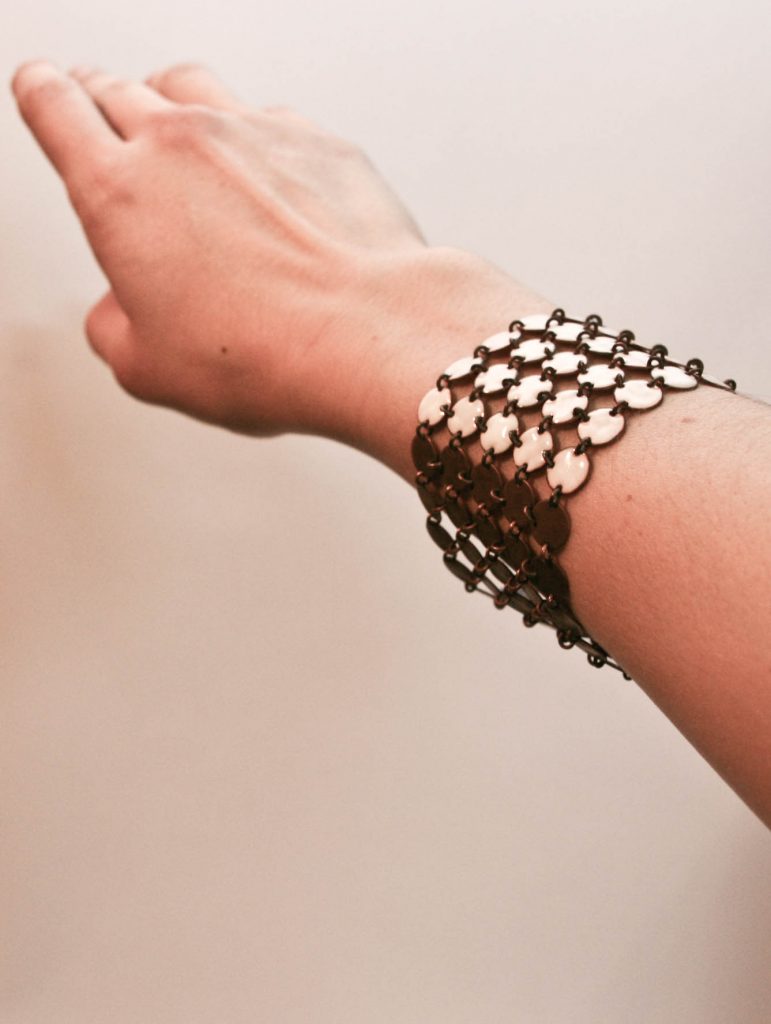

Juris Gagainis (1944-2017) is undoubtedly the most talked about artist from the ones mentioned. Art historians as Edīte Bērziņa and Rūta Muižniece have wrote several articles about J.Gagainis. He is well known for being the founder of the Metal Design department at Art Academy of Latvia. He graduated the Art Institute of Estonia (now – Estonian Academy of Arts) in 1973. He is also a member of The Artist Union of Latvian since 1975. I had the chance to study under his guidance and I have recorded an interview with him in 2015 (if you read Latvian – it is published in my blog). Knowing him personally makes writing about him easier and harder at the same time. He was indeed a: “peculiar personality: unbelievably meticulous for the 20th-21st century, a great designer and a visionary romantic at the same time,” as Rūta Muižniece writes about him.
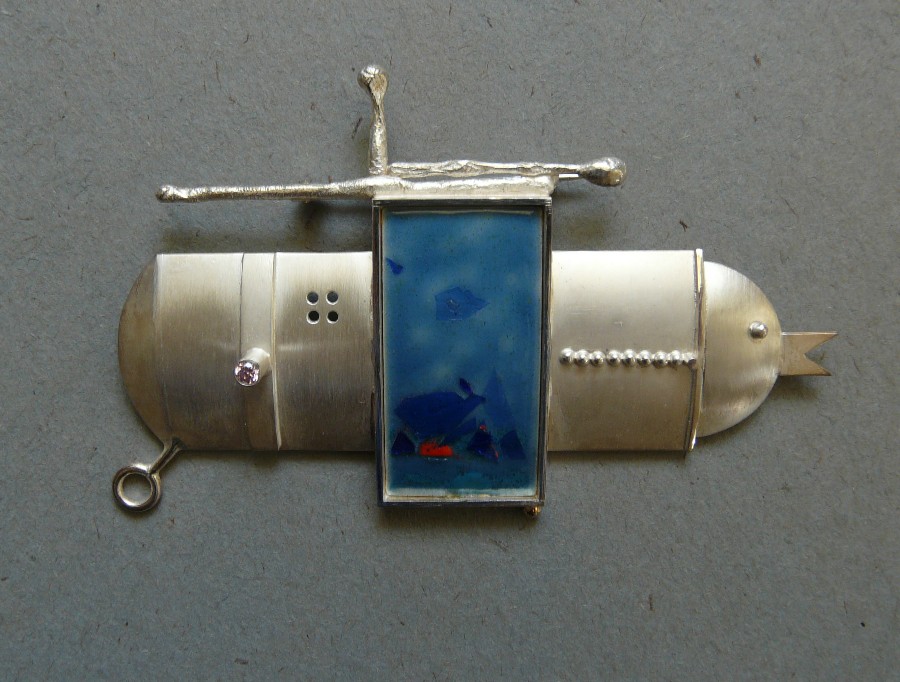
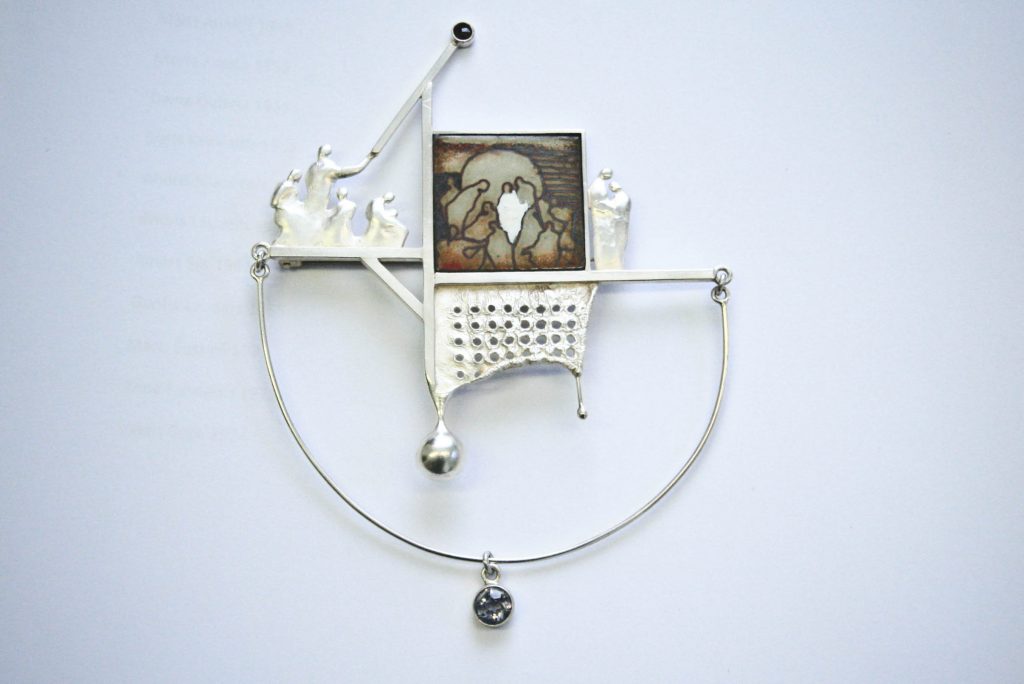
I would guess that a very strong sense of determination, ego and self-discipline mixed with luck are the elements that built J.Gagainis success and artistic career. My personal observation is that jewellery artists need a very strong self-esteem otherwise they disappear in the enticement of other disciplines. The problem with jewellery making is the big role in tools and materials. Sometimes I wonder if other artists given the same equipment and welfare level would succeed likewise. But probably it is a wider question about different personalities in general.
